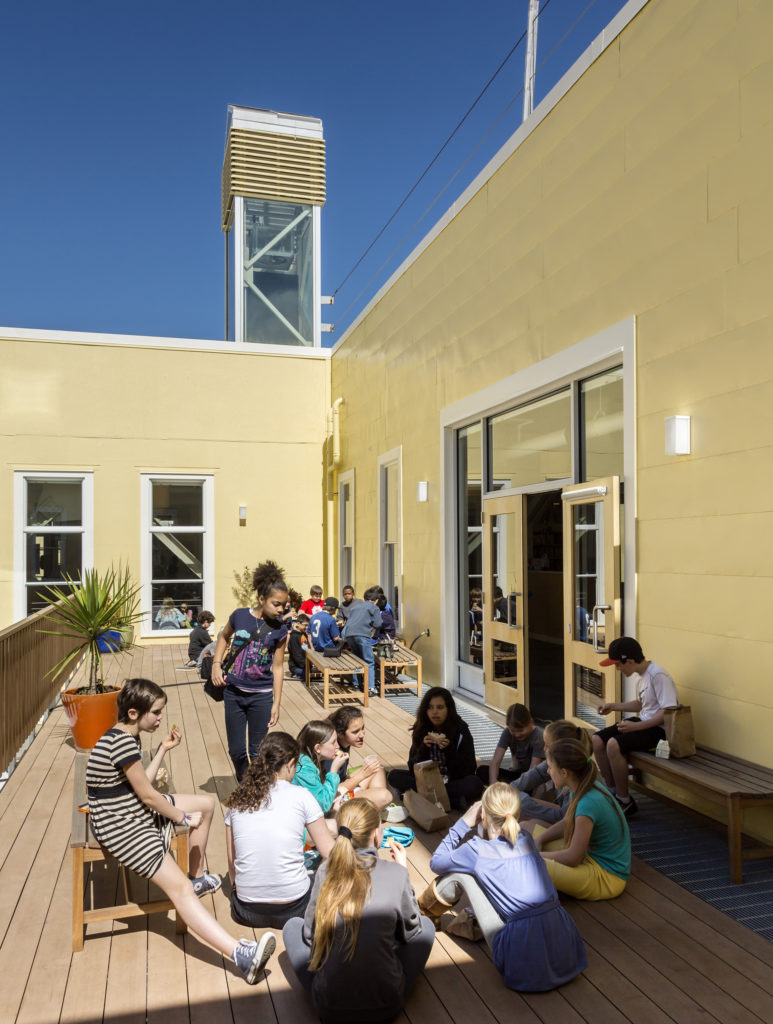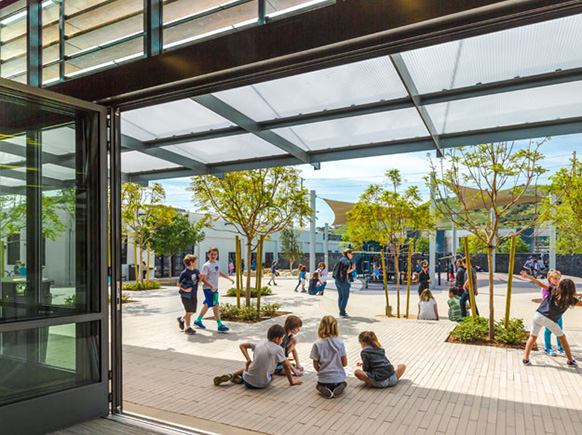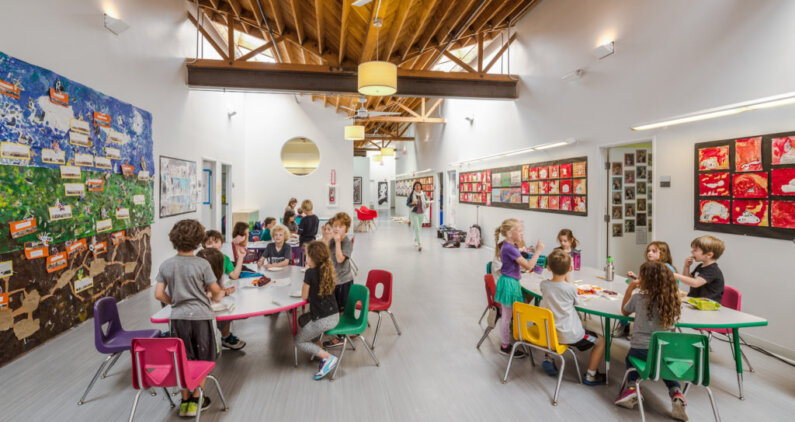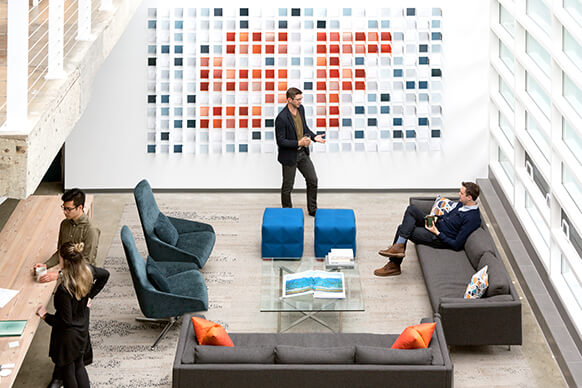“Our interpretation of the world of information and technology now, compared to how it used to be – affect the kind of environment we need to construct for the young people we mentor. If we are about preparing young people to compete in the current and future world, then the cocoon we call schooling must take a different approach than the cocoon of the yesteryear,” writes David V. Loertscher and Carol Koechlin in the article Climbing Excellence: Defining Characteristics of Successful Learning Commons. “Thus, we have proposed that the learning commons serve a unique purpose in the school as a bridge between educational philosophy being practiced and the real world. As such, the learning commons serves school curriculum but also is known as a place for experimenting, playing, making, doing, thinking, collaborating, and growing.”
Studies conducted on learning commons show that these spaces are highly effective in helping students improve reading comprehension, critical thinking, expanding their basic skills into deep knowledge and applying knowledge across subjects. If your school is thinking about adding a learning commons space, there are several factors to consider in its planning and designing:
-
- Your school’s pedagogy
- Available space
- Attitudes toward embracing technology and change
- Needs of the educators
- Input from students
In our pre-design planning for the latest expansion of the San Francisco Friends School, we helped reveal the faculty’s goal of creating a positive learning environment with space that would help students and teachers develop real-world connections. The faculty’s ideas for the space included housing the collection, helping students and teachers collaborate, being a hub for learning with a flexible floor plan and supporting newly developing areas in educational technology. The school decided to create a learning commons to move beyond traditional thinking about libraries and respond to what the kids and teachers really needed. Along with these goals, the learning commons faculty envisioned a virtual learning space that would help students work together online to build knowledge and projects. Through our collaboration with the faculty and learning commons staff, our team wanted to help the school and students build knowledge and real world links between learning and projects. When we designed the learning commons, our team made sure the space was flexible in design and technologically wired for current and future needs.
In developing the master plan for Willows Community School in Culver City, Calif., the faculty envisioned their environment to be developmentally appropriate for their young students, as well as to foster a sense of creativity, inspiration, and encourage dialogue and a sense of community. The redesigned and relocated Willows learning commons library offered more space for stacks, added conference rooms and a lounge area, but the learning commons concept informed more than the library. The whole school embraced learning commons, so our resulting design opened up the classrooms to the rest of the campus. We maximized the flexibility of the campus by using the spaces in between the existing classrooms as functional corridors where breakout groups gather. Where possible, classrooms include doors that open directly to the outdoors to allow lessons to flow inside and outside as appropriate. The outdoor “green space” includes plenty of shade, raised garden beds, places for spontaneous performances and art creations as well as an athletic field. Inside, elevated ceilings reemphasize this openness and new windows and skylights perform as part of the improved lighting system that helps students stay alert and inspired. These design changes increase opportunities to be inspired by student work and performances and create stronger interpersonal connections among students and faculty.




